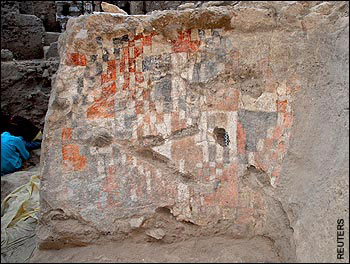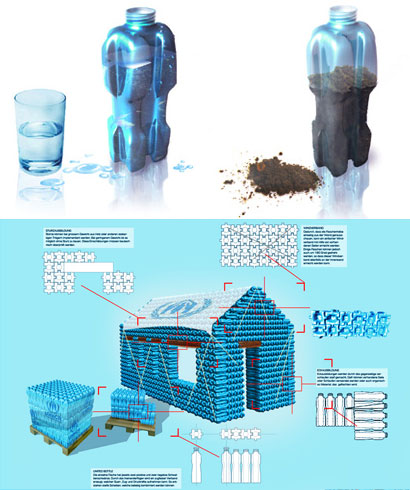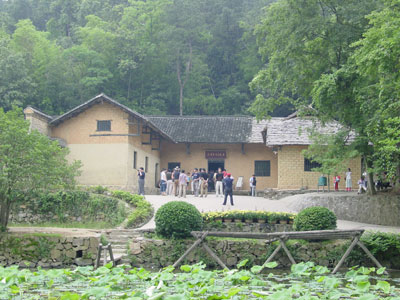La Fundación Navapalos e Inter-Acciön (ONGD) organizan los días 23-24-25 de Noviembre de 2007, en el Museo Nacional de Antropología de la Calle Alfonso XII, 68, de Madrid el XXI CONGRESO INTERNACIONAL SOBRE “CONSTRUIR CON TIERRA”.
El Objetivo de la Fundación en este Congreso es reflejar los avances y cambios en los últimos años, experimentados, tanto personal como profesionalmente en el sector “Arquitectura de Tierra”, en España, en los países de la UE o en el resto del mundo (Íberoamérica, África etc.).
Desde un enfoque etnológico-antropológico y en defensa del Patrimonio Arquitectónico Popular y Monumental, y guiados por un espíritu socio-cultural hacia proyectos de Cooperación Internacional al Desarrollo, nuestro objetivo es el estudio y la investigación de la tierra como material de construcción y el desarrollo de cursos de Formación, que han ampliado considerablemente los ámbitos de nuestra intervención.
Vinculando hoy la tierra como material de construcción con los recursos naturales, el desarrollo sostenible y el ahorro energético en la vivienda contemporánea-bioclimática, se abren las puertas y caminos profesionales y empresariales en la innovación tecnológica, la fabricación mecanizada e industrializada ,sin embargo, sin alejarnos de nuestra preocupación por el entorno construido en tierra, su conservación y rehabilitación, en todas sus dimensiones y como soporte socio-cultural del paisaje rural y urbano.
Mas informacion:
Erhard Rohmer
Fundación Navapalos
Inter-Acción (ONGD)
e-mail: inter-accion@telefonica.net
e.rohmer@telefonica.net
Tel: 91 531 21 55 / 91 521 94 33





